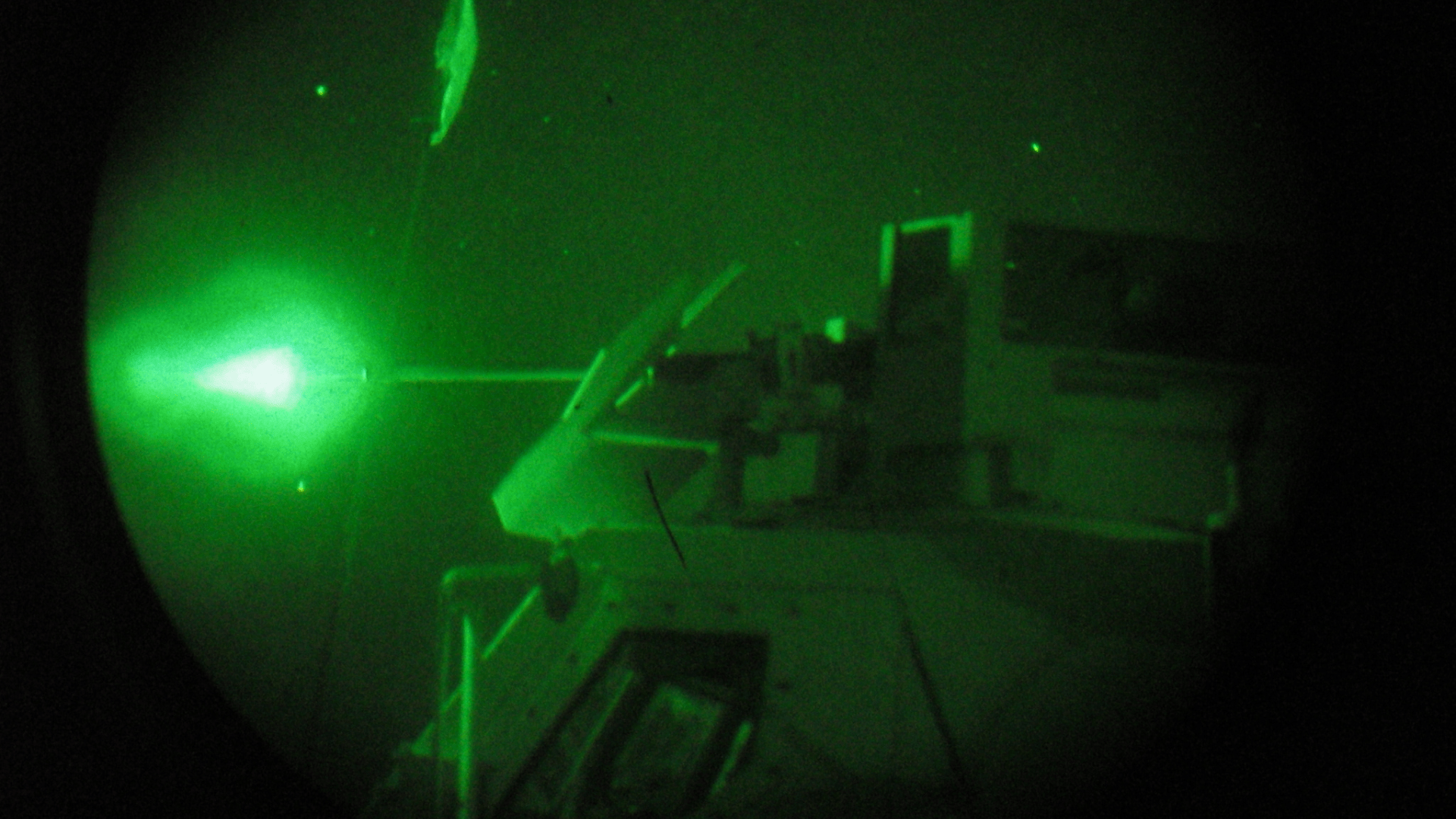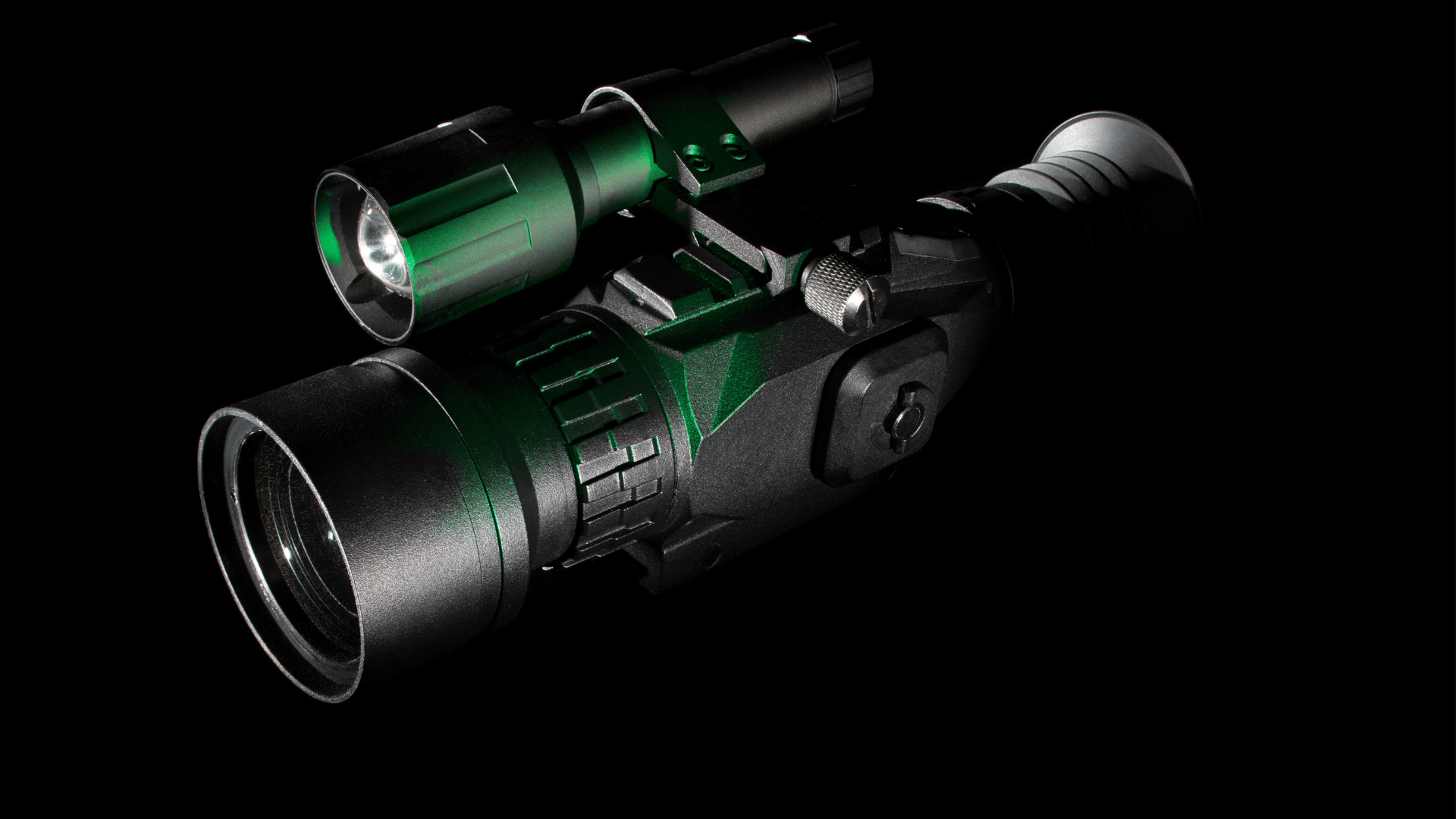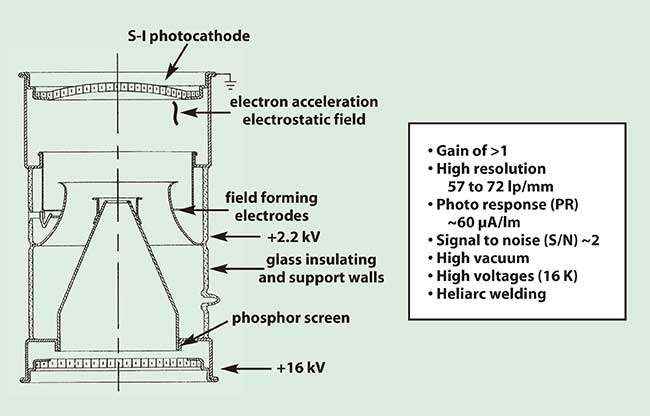Introduction

In the realm of night vision technology, progress has been the guiding light, pushing boundaries and expanding our ability to see in the dark. The journey began with Generation 0 during World War II, moved on to Generation 1 in the 1960s, and then took a giant leap with Generation 2 (Gen 2) night vision. Introduced during the late 1970s, Gen 2 technology not only sharpened our sight in the dark but also broadened the horizons of nocturnal exploration. Let’s dive into the rich history, technical marvels, and lasting impact of Gen 2 night vision.
The Emergence of Gen 2

Gen 2 night vision technology surfaced during the late Cold War period, bringing with it a wave of changes that amplified our ability to pierce the darkness. The most significant development was the introduction of the Microchannel Plate (MCP), a component absent in Gen 1 devices. The MCP was a game-changer, a novel addition that catapulted the performance of night vision devices.
The Intricacies of Gen 2

Gen 2 devices were equipped with the powerful MCP, which sat between the photocathode and the phosphor screen. Similar to Gen 1 devices, the light photons hit the photocathode and released electrons. However, in Gen 2 devices, these electrons then entered the MCP—a component filled with millions of short, parallel glass tubes. The electrons would ricochet off the walls of these tubes, creating a cascade of additional electrons. This enhanced electron flux then hit the phosphor screen to produce a brighter and clearer image.
The introduction of the MCP led to significant improvements in image quality and light amplification, allowing Gen 2 devices to work effectively even in low-light conditions. The typical green hue associated with night vision carried over from Gen 1, given that the human eye remains most sensitive to green light.
The Limitations of Gen 2

Despite the significant improvements, Gen 2 devices had their share of limitations. The image quality, although better than Gen 1, still suffered from some distortion, particularly around the edges. Gen 2 devices were also bulkier and heavier than their predecessors due to the additional MCP, a factor that impacted portability.
Another drawback was the cost. The inclusion of the MCP led to a spike in the manufacturing costs, making Gen 2 devices more expensive than Gen 1, and therefore less accessible to the average consumer.
The Resounding Impact of Gen 2
The impact of Gen 2 technology on night vision was profound. It paved the way for modern night vision devices, setting a new standard for image quality and light amplification. The MCP’s introduction was such a pivotal advancement that it continues to be a key component in even the most modern Gen 3 and Gen 4 devices.
While Gen 2 devices may not offer the compactness and high-resolution image of the latest generations, they continue to find relevance in various applications, from wildlife observation to security. They strike a balance between performance and cost, making them a popular choice for users looking for advanced night vision capabilities without breaking the bank.
Conclusion
The transition from Gen 1 to Gen 2 night vision technology marked a turning point in our nocturnal journey. The addition of the MCP ushered in a new era, bolstering our ability to navigate the darkness and enhancing our understanding of the world after sunset. As we continue to push the envelope with Gen 3 and Gen 4 devices, it’s essential to acknowledge the pivotal role that Gen 2 technology played in shaping the future of night vision.
